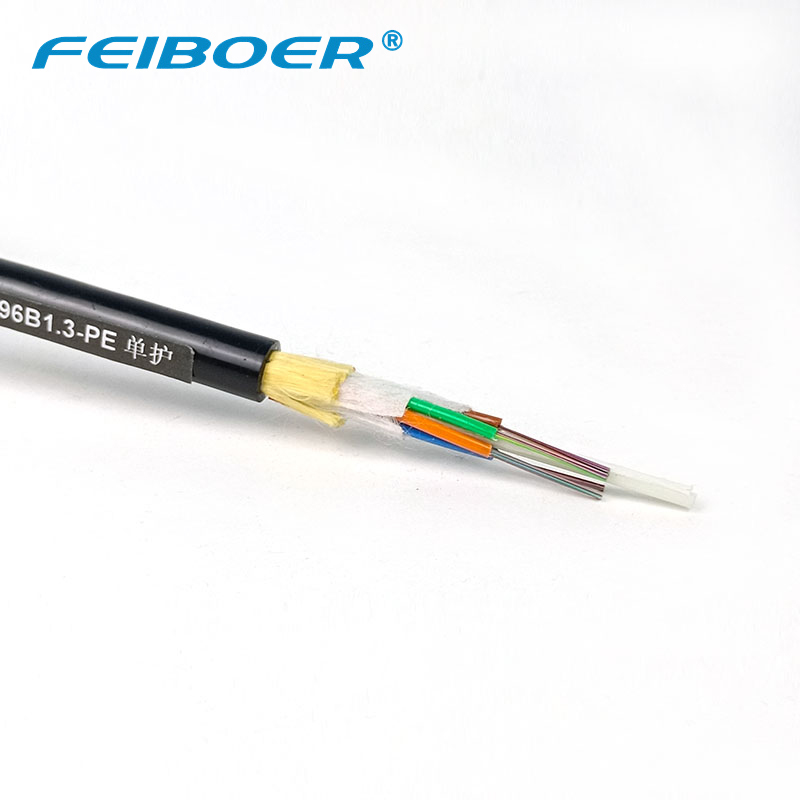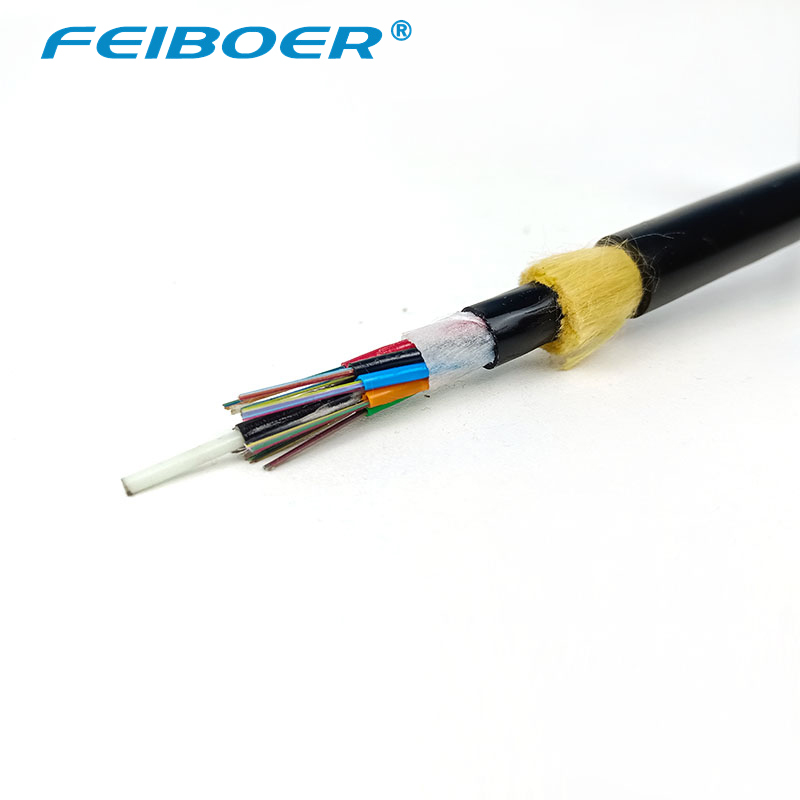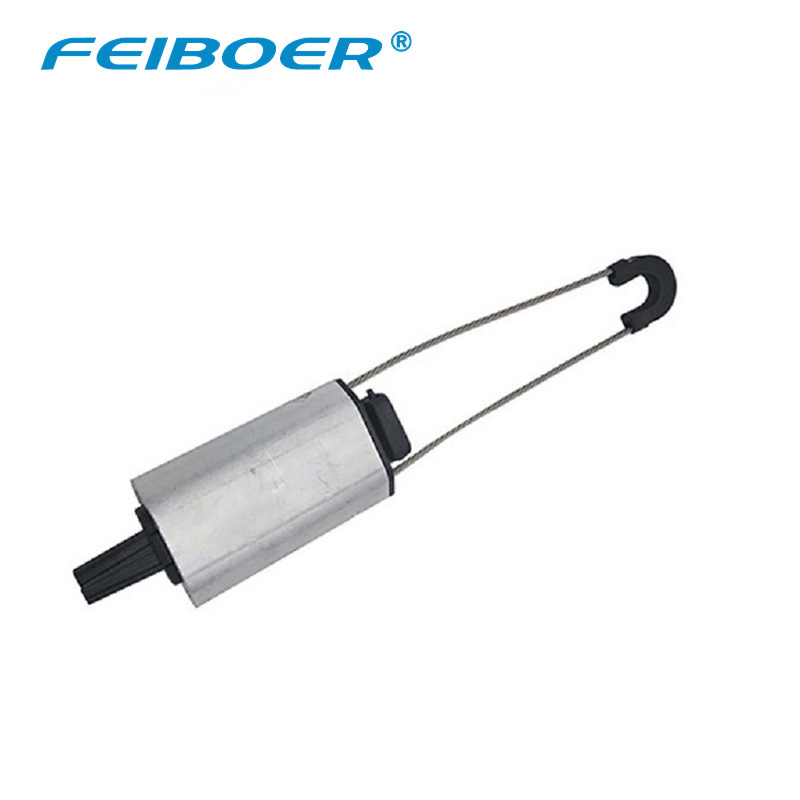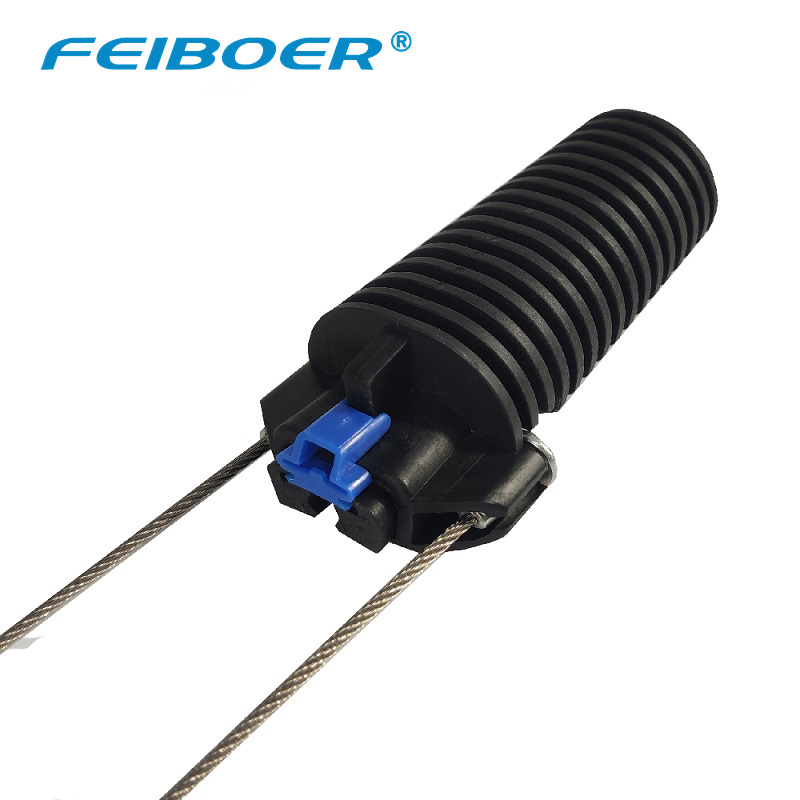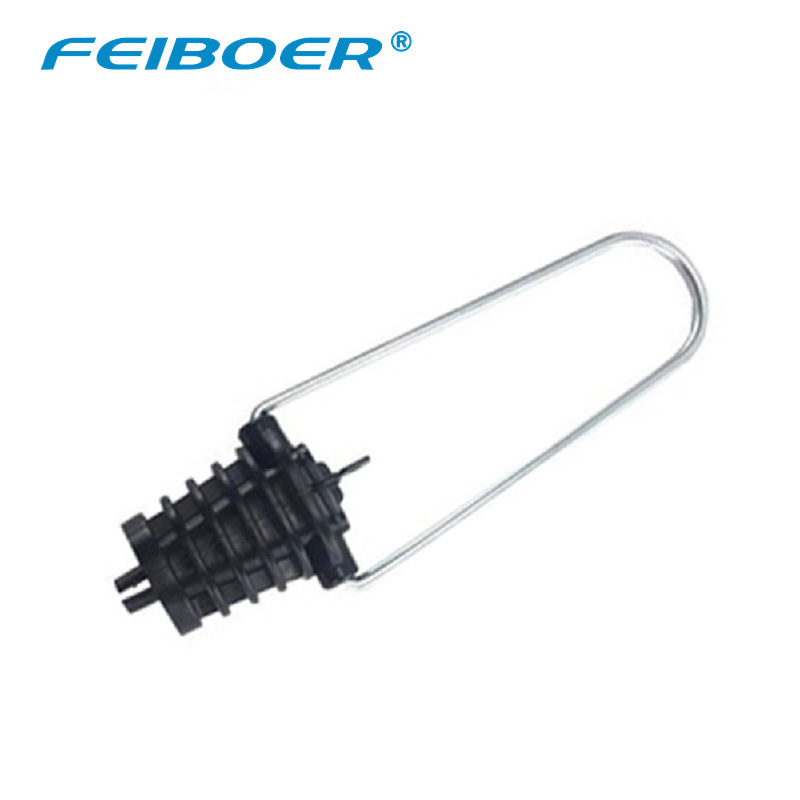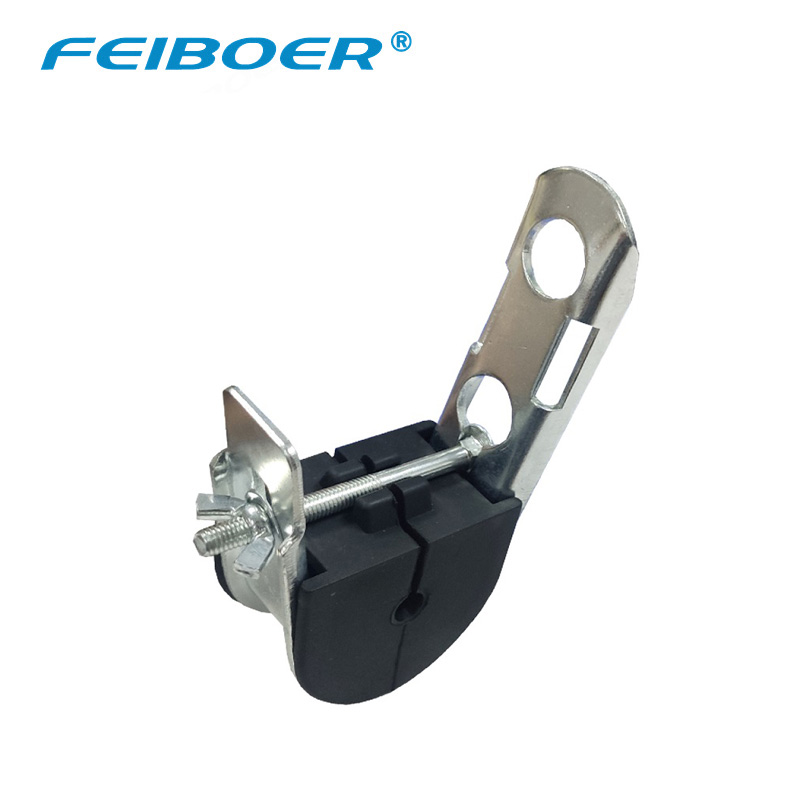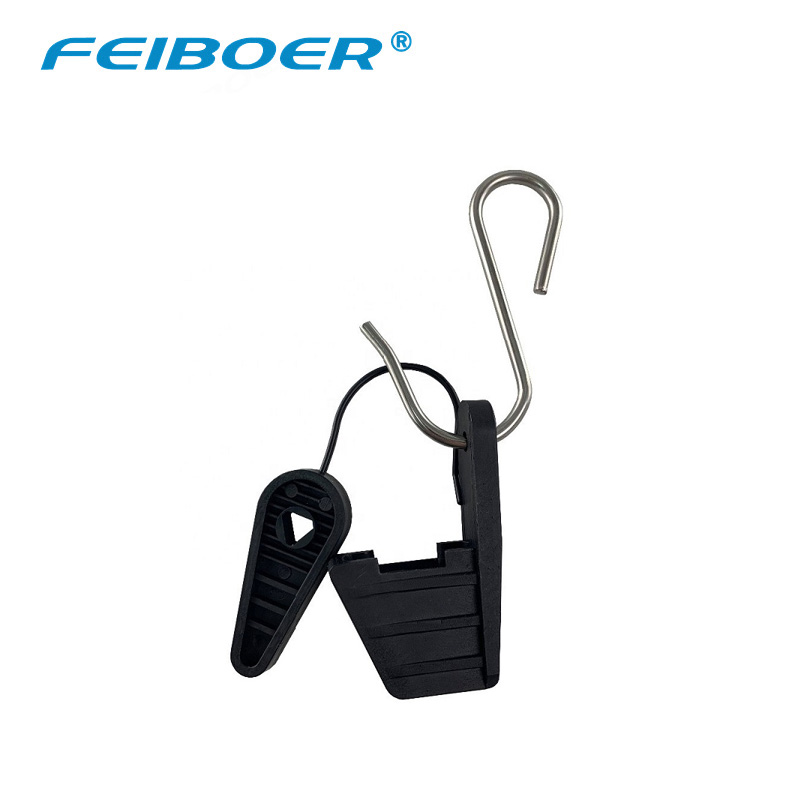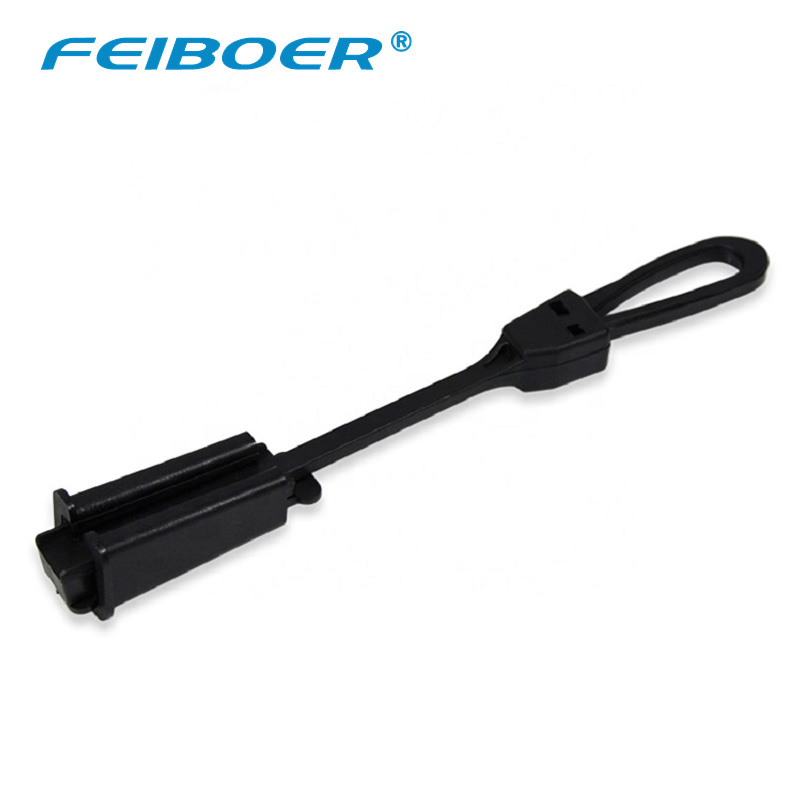All Dielectric Self Supporting (ADSS) Cable
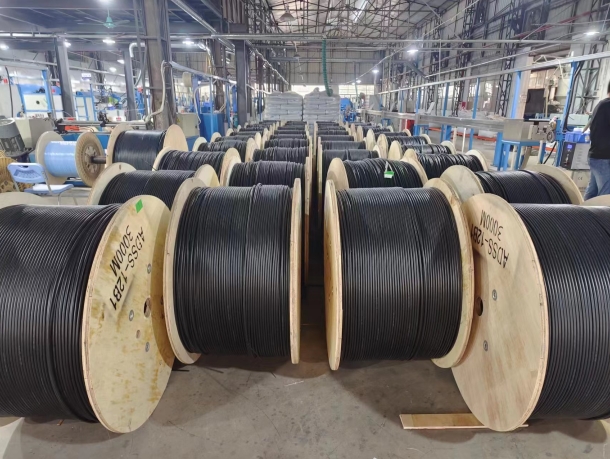
All-dielectric self-supporting cable
ADSS Fiber Optic Cable
ADSS FIBER CABLE
All-dielectric self-supporting cable
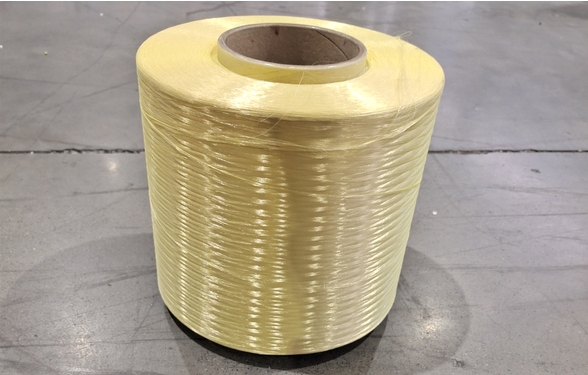
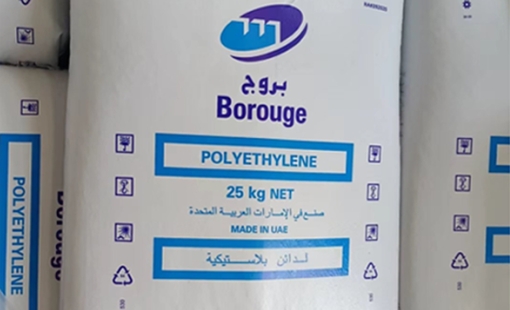
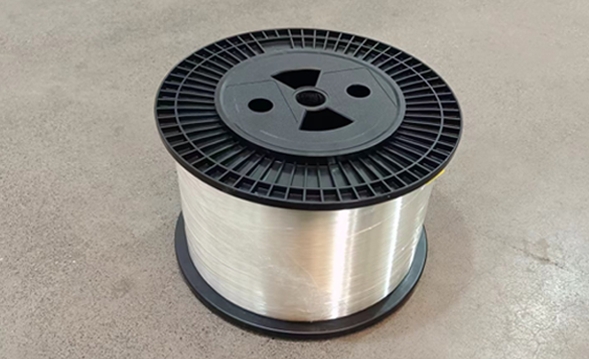
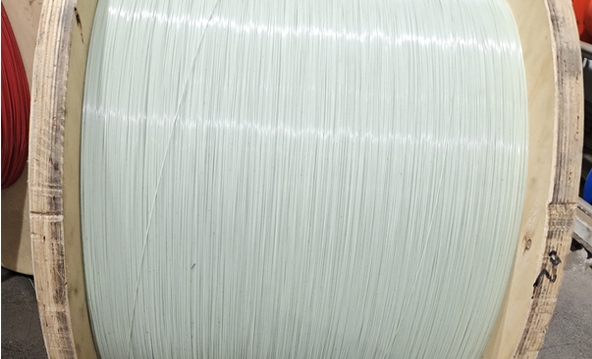
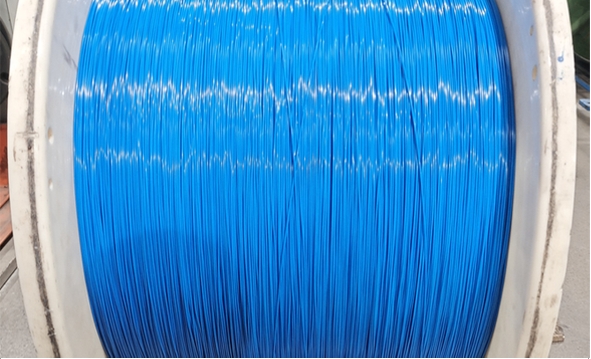
ADSS Cable Quality Certification
Every products have to pass multiple testing instruments before they leave the factory, and they must be accurately tested to ensure that the quality of each product is fully up to standard. We are proud to share that our company and manufacture facilities are recognized by different organizations.
We take our certifications seriously and work hard to keep our products and manufacturing processes up to date and in line with the highest international standards. With our fiber optic solutions certified with ISO 9001, CE, and RoHS, our customers can rest assured that they are acquiring high-quality, safe, and environmentally friendly fiber optic solutions.
View More-

Feel free to contact us to learn more about the benefits of becoming ourdistributor. We will be happy to answer your questions and provide you with moreinformation.
-

Our strong tradition of problem solving and hard work sets the standard for us and helps us become leaders. We do this through a continuous focus on innovation and product development. We always keep the needs of our customers in mind. Always win with quality, always provide the best service. This is to meet the needs and requirements of our customers, both on the business side and on the operational side.
Join Us For Common Development
Contact Us For Best Would you Like to Know more We can Give you the answer

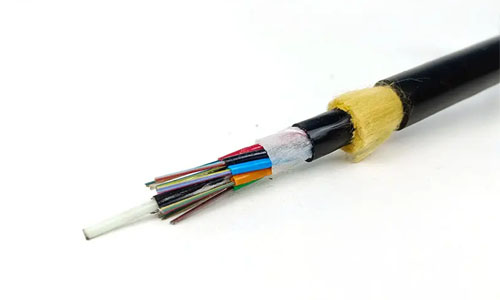 ADSS Fiber Optic Cable
ADSS Fiber Optic Cable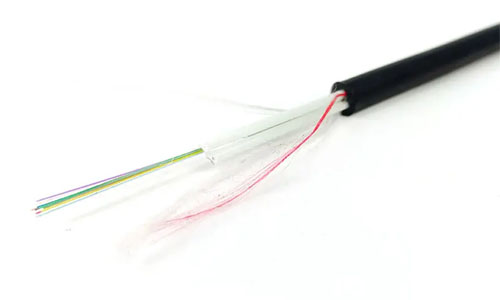 ASU Fiber Optic Cable
ASU Fiber Optic Cable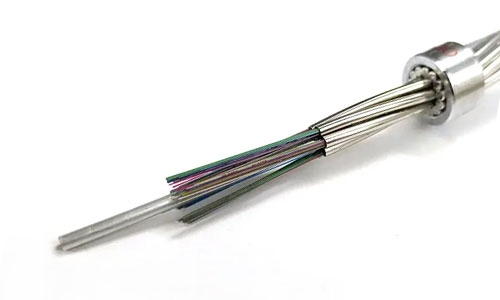 OPGW Fiber Optic Cable
OPGW Fiber Optic Cable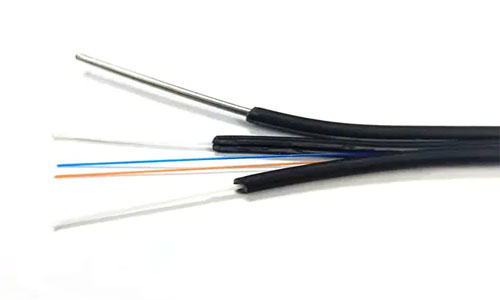 FTTH Fiber Optic Cable
FTTH Fiber Optic Cable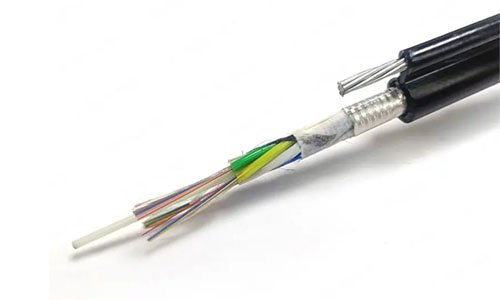 Figure 8 Fiber Optic Cable
Figure 8 Fiber Optic Cable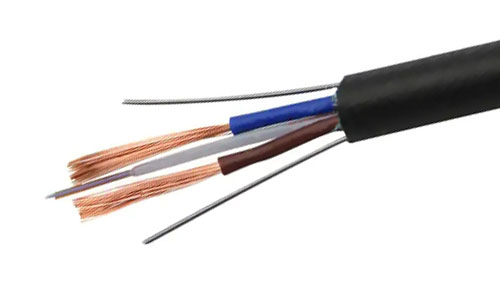 Photoelectric Composite Fiber Optic Cable
Photoelectric Composite Fiber Optic Cable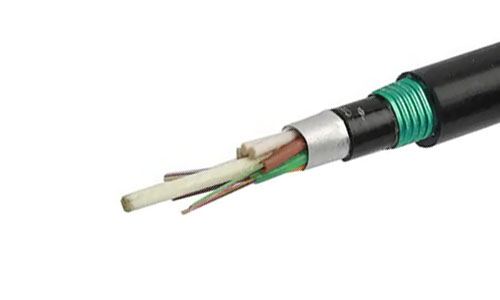 Underground & Pipeline Fiber Optic Cable
Underground & Pipeline Fiber Optic Cable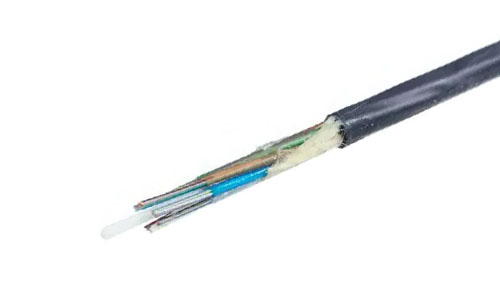 Air-Blown Micro Fiber Optic Cable
Air-Blown Micro Fiber Optic Cable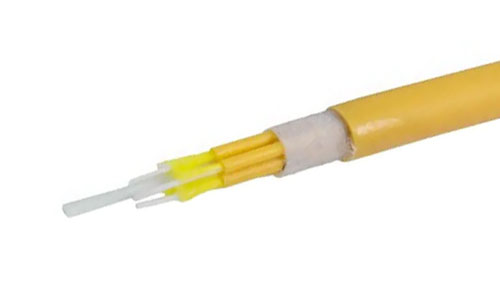 Indoor Fiber Optic Cable
Indoor Fiber Optic Cable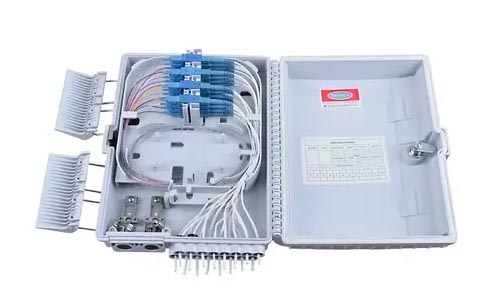 Fiber Optic Distribution Box
Fiber Optic Distribution Box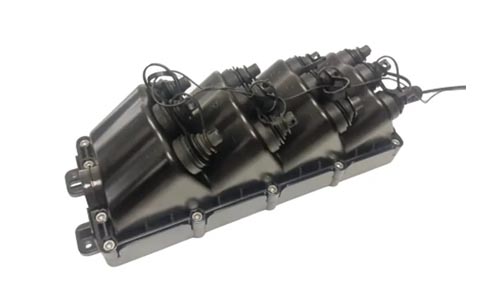 Multiport Service Termina Box
Multiport Service Termina Box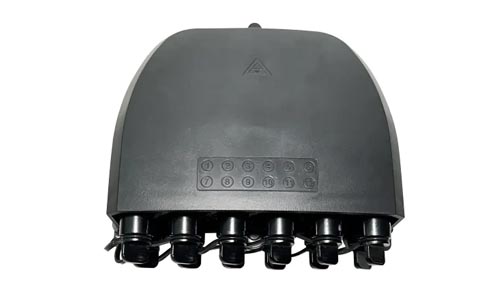 Fiber Optical Terminal Box
Fiber Optical Terminal Box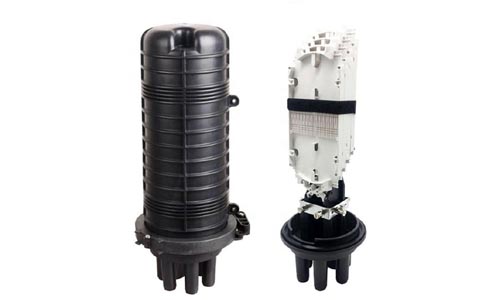 Fiber Optic Splice Closure
Fiber Optic Splice Closure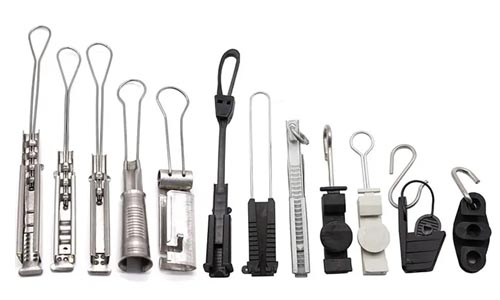 Fiber Optic Clamps
Fiber Optic Clamps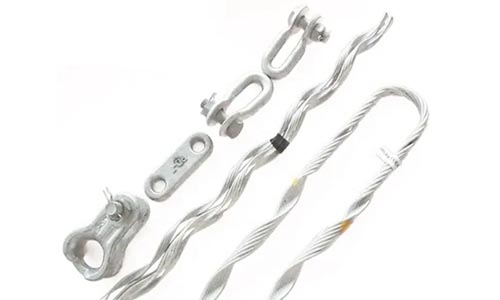 Fiber Optic Cable Fittings
Fiber Optic Cable Fittings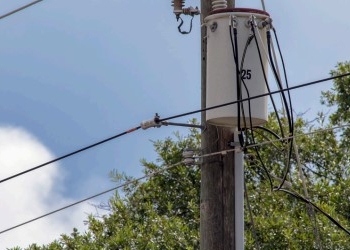 ADSS Fiber Cable
ADSS Fiber Cable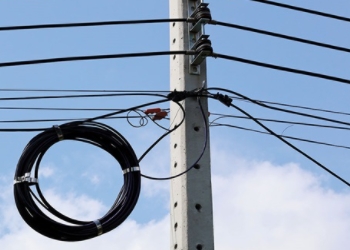 ASU Fiber Cable
ASU Fiber Cable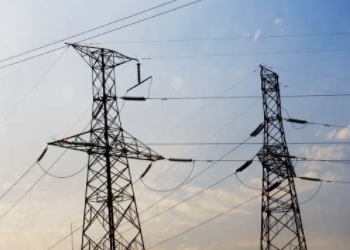 OPGW Fiber Cable
OPGW Fiber Cable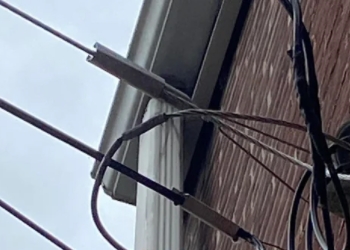 FTTH Fiber Cable
FTTH Fiber Cable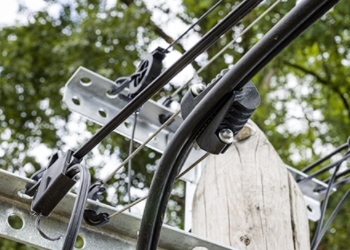 Figure 8 Fiber Cable
Figure 8 Fiber Cable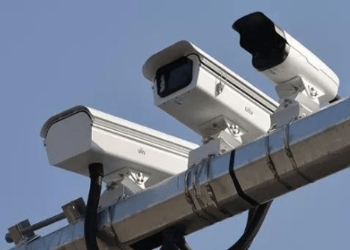 Photoelectric Composite Fiber Cable
Photoelectric Composite Fiber Cable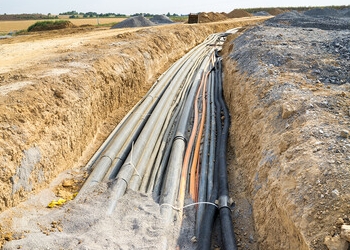 Underground & Pipeline Fiber Cable
Underground & Pipeline Fiber Cable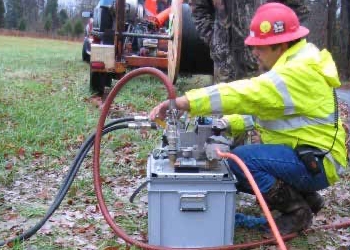 Air-Blown Micro Fiber Cable
Air-Blown Micro Fiber Cable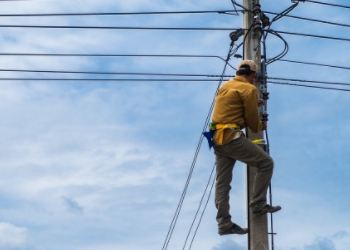 Aerial Fiber Cable
Aerial Fiber Cable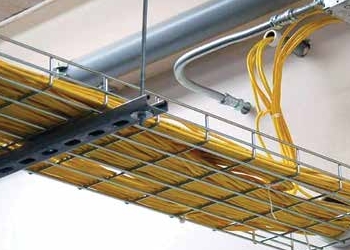 Indoor Fiber Cable
Indoor Fiber Cable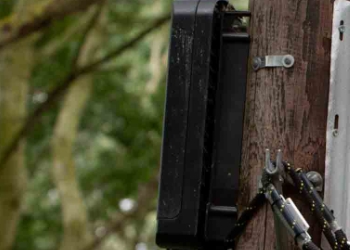 Fiber Optical Terminal Box
Fiber Optical Terminal Box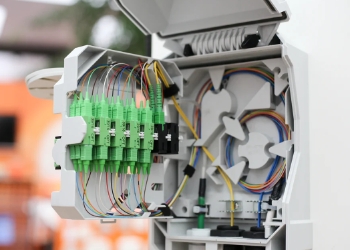 Fiber Optic Distribution Box
Fiber Optic Distribution Box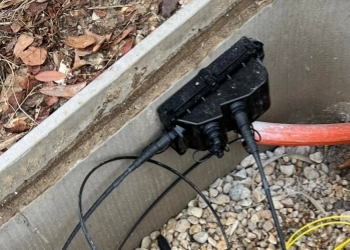 Multiport Service Termina Box
Multiport Service Termina Box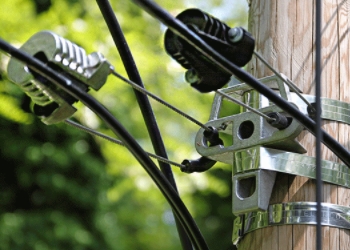 Fiber Optic Clamps
Fiber Optic Clamps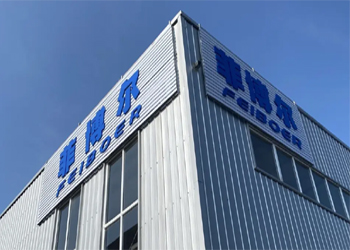 About Us
About Us Our Team
Our Team History
History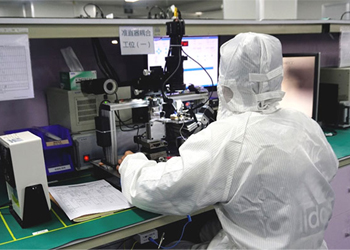 R&D Strength
R&D Strength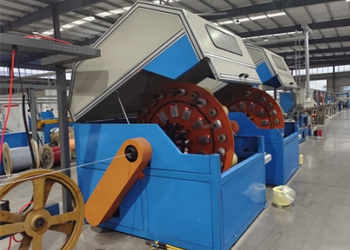 Production Base
Production Base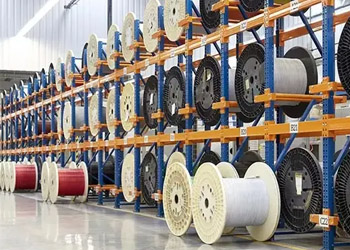 Warehouse & Logistics
Warehouse & Logistics Quality
Quality FAQs
FAQs